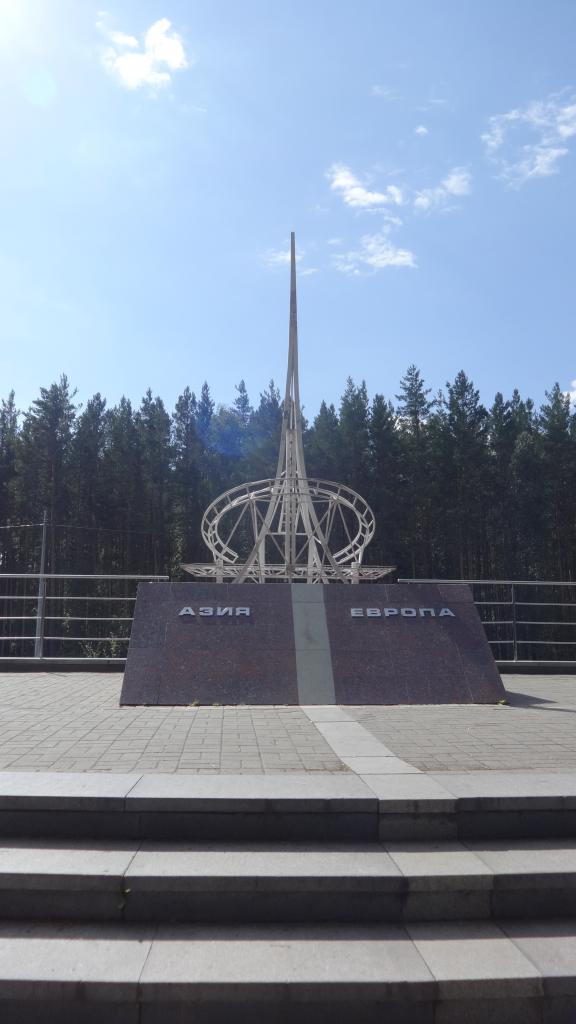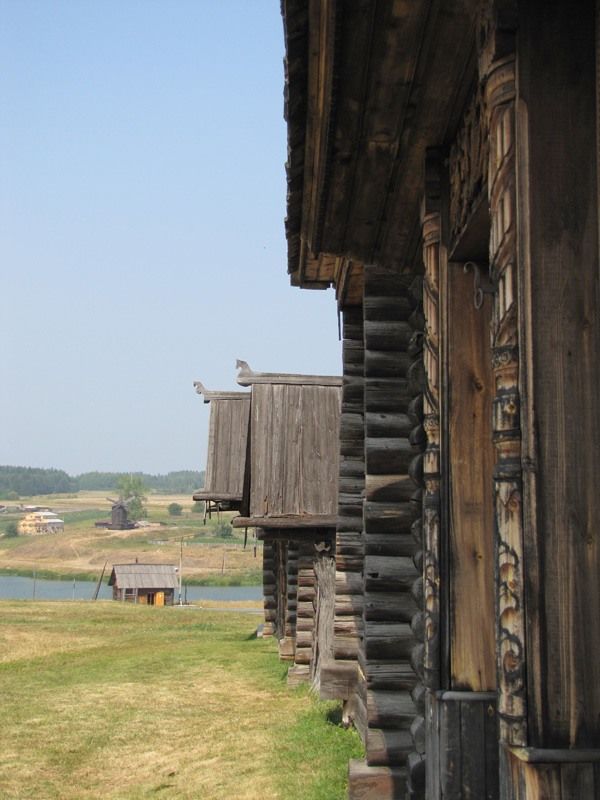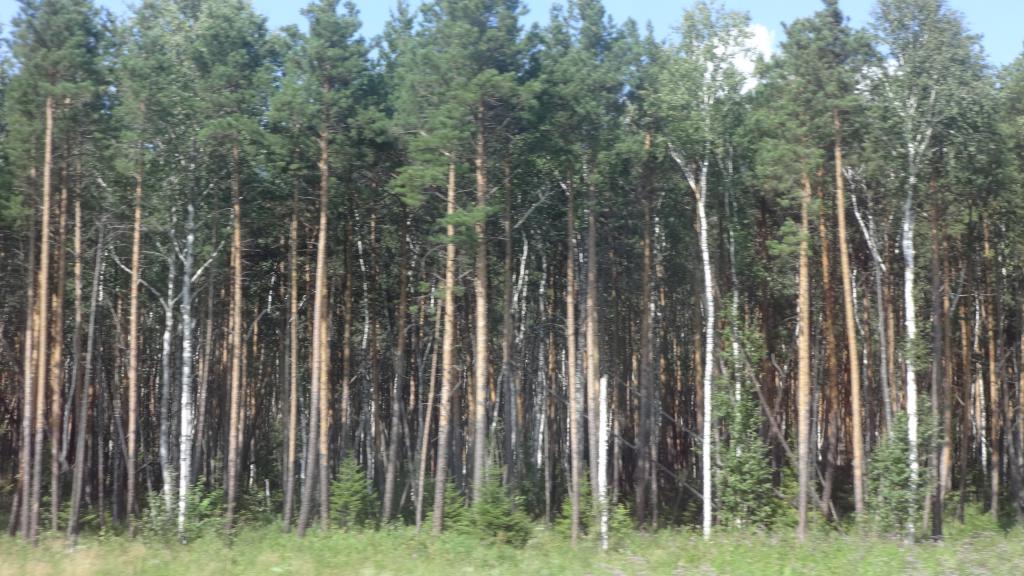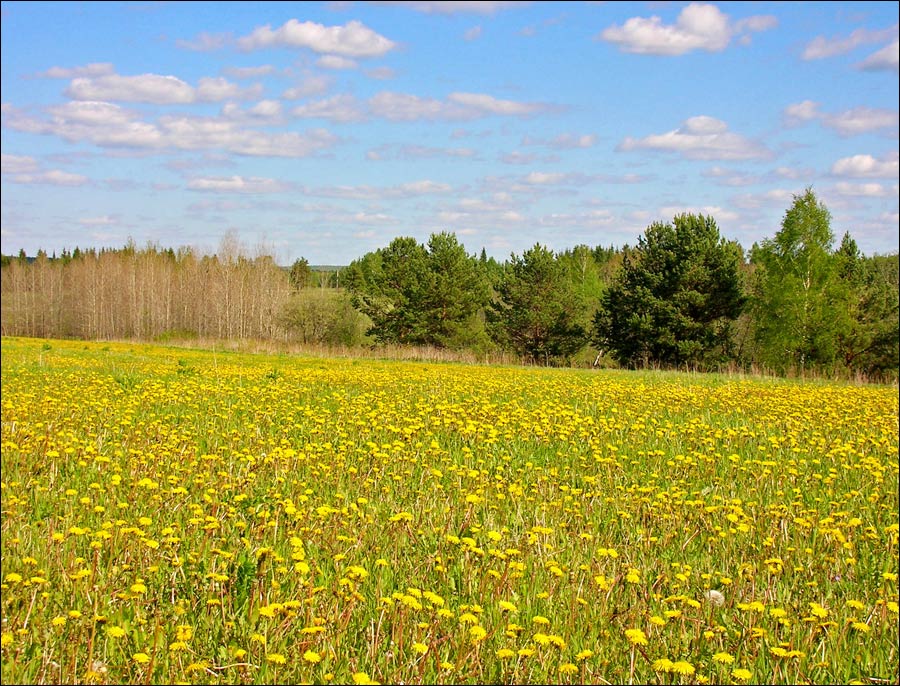The population of the Sverdlovsk region is experiencing quite serious demographic problems. If in the Soviet period industry was developed here, and people wanted to go to these parts to work, in recent years there has been a strong outflow of residents. Yekaterinburg is a rapidly developing city with a population of over one million, but in the villages and towns of the region the demographic situation is extremely sad. Many villages are almost without residents, and some have no roads. In many regions of the country, the population density as in the Far East is 0.2 people per square kilometer.

Description of the region
Sverdlovsk region is a constituent entity of the Russian Federation, which is part of the Ural Federal District. It borders with the Perm Territory, the Khanty-Mansi Autonomous Okrug, the Republic of Komi, the Tyumen, Chelyabinsk, Kurgan Regions, and Bashkortostan. The administrative center is Yekaterinburg, which used to be called Sverdlovsk. Hence the name of the region itself. Near Yekaterinburg runs the border between Europe and Asia.

This is the largest region of the Urals. The area of the Sverdlovsk region is almost 200 thousand square kilometers. The territory includes the north of the Ural Mountains, part of the West Siberian Plain.
The climate in the region is continental. Summer is hot, with temperatures up to 30 degrees Celsius, winters are moderately cold. In January - an average of -17-20 degrees. The territory is mainly covered by forests, 82 percent of them.
The history of the Sverdlovsk region in the twentieth century
When the Soviet government came to power, industry began to boom in the region. Between 1925 and 1939, the population of the Sverdlovsk region increased by almost 900,000 people.
During World War II, the number of inhabitants changed significantly. The enterprises were evacuated to Nizhny Tagil, Asbest, Yekaterinburg (then called Sverdlovsk), and along with the plants and factories the workers arrived. Between 1939 and 1959, the population grew by 2.7 percent annually. This exceeded the national average rate by five times.

Until the late 1950s, the largest population growth was observed. New residents arrived in large numbers until the end of the 1960s, then the dynamics remained almost unchanged. Less was invested in the regional economy than usual. Forest resources began to deplete, and many minerals were worked out. In addition, fertility began to decline. This was because women were more involved in production than before. In addition, developed culture and education have led to large demands of the population for living standards.
When the Soviet Union collapsed, the outflow of the population of the Sverdlovsk region to other regions of Russia began. It continues to this day. The villages are empty and dying.

The population of the Sverdlovsk region
According to Rosstat, at the beginning of 2018, 4.3 million people live in the region. Moreover, the urban population is predominantly, of which almost 85 percent. The area of the Sverdlovsk region is 194 307 square meters. km This is the 17th place in Russia in terms of size of territory. The population density of the Sverdlovsk region, therefore, is 22.26 people. / sq. km At the same time, residents are unevenly distributed. So, the population in Yekaterinburg is 3110 people per square kilometer, in Nizhny Tagil - 1195, and in some regions - only 0.2 people. / sq. km
Population dynamics now
Residents leave the Sverdlovsk region since the collapse of the Soviet Union. Compared to 1995, the population of the Sverdlovsk region decreased by almost 500 thousand people.Until 2012, there was a constant outflow, then until 2016 there was a small influx of population (by 25,000 new residents), but in the last two years the number has been decreasing again.
The birth rate in the region is 14 babies per thousand people. In recent years, in the capital of the region - Yekaterinburg - there was a baby boom, in the city there was a high natural increase. However, it is worth noting that the mortality rate in the Sverdlovsk region is also quite high and, according to 2014, is also 14 people per 1000 population.
The average life expectancy in the region is 69.8 years.
The main characteristics of the composition of the population
There are more women in the Sverdlovsk region than men, by 7.6 percent. The male population is smaller for many reasons: harmful working conditions, environmental problems in the region, bad habits.

In recent years, the proportion of children has been decreasing. The proportion of older residents, by contrast, is growing, especially in rural areas.
Resettlement by area
In the Sverdlovsk region there are 47 cities. The population is distributed as follows: almost 1.5 million people live in Yekaterinburg. It is the only one-million-strong city in the region and the largest in the Urals. Other cities and areas of the Sverdlovsk region are relatively few populated. 355 thousand people live in Nizhny Tagil, 169 000 live in Kamensk-Uralsky; in Pervouralsk - 124,000; in Serov - 97,000.

For settlements of the Sverdlovsk region is characterized by mono-profile. The vast majority of them (33 out of 47) remain cities at factories. More than a hundred urban settlements were built during the time of industrialization.
With regard to resettlement, mainly settlements are concentrated around the capital and in general in the south of the region, as well as in the central part (near Nizhny Tagil). The northern regions of the Sverdlovsk region are extremely populated. For example, in the Ivdel city district, in addition to the city of Ivdel, there are 30 more settlements. The population of this region is only 20 thousand people. The density is only 1.06 people. / sq. km
The situation in the Garinsky and Taborinsky urban districts is even worse. Despite the fact that they are called “urban”, their administrative centers are the small villages of Gary and Tabory, respectively. The territory of these districts is huge and almost not populated. The density is only 0.2 people per square kilometer.
Ethnic composition of the district
The population of the Sverdlovsk region is predominantly Russian. They are 90 percent. Other ethnic groups represented in the region are Tatars (3.54%), this is the second largest ethnic group. Tatar people live mainly in Yekaterinburg (65%). Each of the following ethnic groups has less than one percent of the population: Ukrainians, Bashkirs, Mari, Azerbaijanis, Germans.
The Bashkir population of the Sverdlovsk region lives compactly in the Mikhailovsky, Krasnoufimsky, Nizhneserginsky, Artinsky, Kamensky districts. In the past half century, the number of representatives of this nationality has doubled (from 14 to 31 thousand people).
The Germans are the fourth largest ethnic group. They were resettled here from the Volga region during the years of Stalinist repressions. They live in the cities of Krasnoturinsk, Karpinsk, Ivdel. Ukrainians in the Sverdlovsk region are the descendants of the Ukrainians who moved here back in the 18th century.
Demographic issues in the field
The region has a rather high mortality rate and low birth rate. Natural growth is extremely low.
The demographic problems of the Sverdlovsk region are also associated with the desolation of rural areas. The population of towns and villages is catastrophically declining. So, take for example the Taborinsky district. In the middle of the twentieth century, the population of this district was 20 thousand people, but now only 3,100 residents permanently live here. On a vast territory of 11 thousand square kilometers, there are only three villages. In the Garinsky district with its area of 16,000 square meters. kmonly 4 thousand inhabitants live.
Another problem is the mono-profile of many cities in the Sverdlovsk region. Residents are "hostages" of city-forming enterprises in them. In some settlements, there is only one plant or factory on which the economy of a given city is based.
